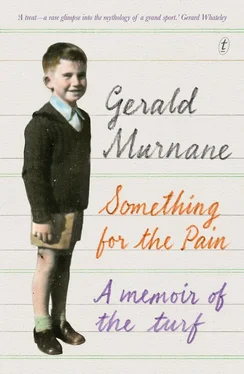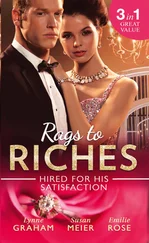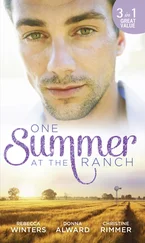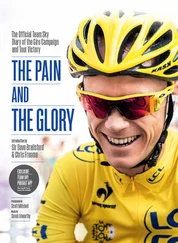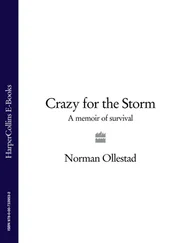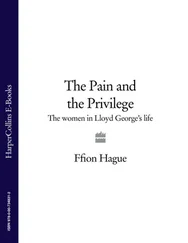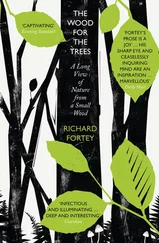I suppose the statements I’ve quoted might sound mildly amusing even today to persons who haven’t the least idea of the origins of them. Very occasionally, during my childhood, I might have heard some or another actual program interrupted by a radio announcer’s telling us that a race had begun far away. In truth, however, no radio station ever bothered its listeners with reports of races having started at remote venues. Not for the first time some clever scriptwriter had betrayed his or her total ignorance of horse racing.
I’ve mentioned previously the importance of illegal SP betting in the Great Age of Racing. Those radio stations that once broadcast races — and there were many more then than nowadays — might sometimes have confronted the problem of two races from different venues being about to clash. This would have often occurred during the years before starting stalls were introduced and when fields sometimes spent five minutes or more preparing to jump away. As a service to SP bookmakers, those radio stations would have announced sometimes that a race had begun at Ballarat, let’s suppose, while the field at Flemington had still not been dispatched. Bookmakers betting on the Ballarat race would have been warned to take no further bets. Communications were comparatively primitive then, but perhaps someone might have learned by telephone the result of the Ballarat race and might have backed the winner with an SP bookmaker if the radio station had not made their announcement.
So, no one in my part of the world ever heard the dramatic-sounding statement that a field of horses was just then on its way at some faraway location. And yet, when I was searching for a title for this section of my book, I could think of nothing more appropriate than a comic radio routine from sixty years ago.
The comic routine, as I called it, brought to mind a world in which horse races are an ever-present background. No everyday action can go forward without being interrupted by the news that a race is in progress somewhere. This might seem a fanciful situation to many people, but it seems to me a strangely accurate description of what has been going on in my mind for almost as long as I can remember. At an early age, I became aware that a far part of my mind was the setting for a sort of endless race meeting. I seem to have accepted this with no fuss. I seem also to have learned very early that the glimpses of races that I saw in mind or the snatches of race broadcasts that I heard in mind were not derived from actual races that I had seen or had read about or had heard broadcast on the radio. Details of the image-races, so to call them, were not always clear but I understood that they took place on no racecourse that I had ever seen or read about. The site of my image-races was more remote, in a sense, than Manangatang or Mars. The names of my image-horses, even when I heard them clearly, belonged to no horses that I knew. The racing colours, what I could see of them, were all strange to me.
The turf, as Jack Kerouac once wrote, was so complicated it went on forever. Nowadays, races are run on seven days of the week in Australia. Not only that, but specialist television channels and the internet provide coverage of races in numerous countries overseas, and a person can watch and can bet on some or another race at almost any hour of the day or night. Things were nothing like so hectic in my boyhood, but I still heard or read about races interstate as well as three or four meetings each week in Victoria. And yet, the abundance of actual racing seems never to have been enough for me, to the extent that I was driven to imagine my own private racing world. But perhaps I didn’t imagine it. Perhaps what I’ve been seeing in mind and hearing in mind all these years are details from an alternative universe. Do physicists and astronomers allow for the possible existence of alternative universes? Or, did I pick up the phrase from my non-racing friend Bruce Gillespie, who used to talk to me at length in the 1970s about science fiction?
One day in 1985, I sketched a map of two large bodies of land separated by a comparatively narrow strait but otherwise surrounded by a vast ocean. The more northerly of the two is not unlike the North Island of New Zealand; the more southerly resembles an enlarged Tasmania. The more northerly is named New Eden; the more southerly is New Arcady. Each is an independent nation with a political status similar to that of Canada in the Commonwealth, but the two use the same currency and are separated by no customs barriers. Each has its own tricolour flag and its own national anthem—‘Oceans foaming…’ for New Eden and ‘In the shade of the world…’ for New Arcady. The two countries are often referred to collectively as the Antipodes. The universe of which they are part differs from our own only in that the entities known to us as Australia and New Zealand have no existence in it.
I don’t recall my feeling any strong urge or compulsion while I drew the coastlines of my two countries or while I afterwards marked on my maps the mountain ranges, the rivers and lakes, the cities and towns, and the highways. I felt more a sense of relief and also of expectation. I would soon know at last and for certain the names of the horses I had seen as flickering mental images for most of my life. I would soon know the names of their trainers and jockeys. I would soon know the exact details of the racing colours carried by each horse. I would know the names and the shapes of the courses where my flickering races were run. I would know all these things and more.
I could not do things by halves while I was recording the background of my image-racing. Today, the details of horse racing in the Antipodes are recorded in a dozen folders containing nearly four hundred pages of information, including maps of the forty-two racecourses in the Antipodes. Six hundred race meetings are held each year in the Antipodes, and one of my folders lists the date of each meeting and the major races for each. Other folders include the names and the colours of the fifteen hundred full-time and part-time trainers in the two countries. (These are not the only colours described in my folders. I’ve recorded so far the colours of more than a thousand owners who prefer not to use the stable colours but to design and register their own.) Several hundred jockeys are listed. I could go on.
The items mentioned in the previous paragraph are stored in the upper drawer of a two-drawer filing cabinet. In the lower drawer are records of the horses themselves and of the races so far run in each of the two countries. For most races, results only are recorded, but for each of about one in ten races, I record not only the results but also the position of each horse at intervals throughout the race. Even recording no more than starters, riders, trainers, odds, and results can take several hours for the one race; calculating the position of each horse at intervals takes three or four times as long. So far, only seven hundred races have been reported in my folders. (Any reader wanting to know how the details of races are calculated is referred to the piece ‘The Interior of Gaaldine’ in my book Emerald Blue , which was published by McPhee Gribble in 1995.) I should have added that about two and a half thousand horses have been so far entered in what I call my All-Horses Index, which lists every horse to have raced in the Antipodes and every one of its starts.
I’ve written in the above paragraphs about as much as I care to write at present about my Antipodean Archive, as I call it. Anyone wanting to know more will have to wait for a few more years yet. Anyone wanting to know, for example, how Strollaway (trainer T. D. Ivil, rider H. T. Holloway, colours White, grey quartered cap) came to beat Vicious Circle (trainer F. A. Ison, rider R. E. Middlemiss, colours Red, fawn hooped sleeves, white cap) in the Devonport Gold Plate, the richest race in New Eden and in the Antipodes, and how Vicious Circle, three months later, won the New Arcady Cup, the richest race in New Arcady, will have to wait until after my death and then to ask the executors of my estate whether any library was interested enough to acquire what I call my three archives.
Читать дальше
